Come Monday morning, millions of doses of a third vaccine should be rolling out across America. So far, over a span of more than two months, some 22 million people have gotten both doses of either Pfizer or Moderna. If Johnson & Johnson’s estimate that it can deliver 20 million doses in March proves correct, it’ll mean that J&J — a one-shot vaccine — could singlehandedly double the number of fully vaccinated Americans in the span of just a month.
And of course many more doses from Pfizer and Moderna will be shipping in March as well.
The supply problem is easing. It’s a great day.
FDA advisory panel votes on J&J #covid19 vaccine:
Based on the totality of scientific evidence available, do the benefits of the J&J #covid19 vaccine outweigh its risks for people 18+?
Yes: 22
No: 0
Abstain: 0— Meg Tirrell (@megtirrell) February 26, 2021
J&J uses a different technology than the mRNA vaccines, Pfizer and Moderna. Those two send RNA to your cells instructing them to make the virus’s signature spike protein, which your immune system then detects and produces antibodies to combat. J&J is more of an old-fashioned vaccine. They repurpose a common cold virus by neutralizing it and implanting in it the gene for the spike protein; the virus is eventually absorbed by some of your cells and the gene is released into the cell nucleus. The nucleus then converts the DNA in the gene into RNA instructions to produce the spike protein, which again ends up triggering your immune system.
The efficacy data about the J&J vaccine is well known to people who follow COVID news. It was 72 percent effective overall in preventing infection, 85 percent effective in preventing “severe” cases of the disease, and 100 percent effective in preventing hospitalizations and deaths in clinical trials. The most salient fact about it right now is that it’s not quite as protective as the mRNA vaccines are against infection. Except … do we know for a fact that that’s true? Pfizer and Moderna were 95 percent effective against infection, but they were tested at a different phase of the pandemic. What if the reason J&J is “less effective” is because it was pitted in trials against a more formidable enemy than the mRNA vaccines had to cope with?
Some experts fear that lower [efficacy] number could feed public perceptions that J&J’s shot is a “second-tier vaccine.” But the difference in protection reflects when and where J&J conducted its studies.
J&J’s vaccine was tested in the U.S., Latin America and South Africa at a time when more contagious mutated versions of the virus were spreading. That wasn’t the case last fall, when Pfizer and Moderna were wrapping up testing, and it’s not clear if their numbers would hold against the most worrisome of those variants.
Pfizer and Moderna faced COVID 1.0. J&J faced some of the new and improved models. Does that explain why it’s “less effective” than those other two? Even if it really is less effective, a vaccine that all but eliminates the risk of hospitalization and death even if it’s not quite as strong in preventing minor illness will achieve the great hope of the pandemic from last spring. It’ll turn COVID into “just the flu,” which has never been true of the disease — but may be soon.
One lingering mystery: Will J&J remain a one-dose vaccine or will it follow Pfizer’s and Moderna’s lead by becoming a two-doser? The company is studying the effects of a second dose right now:
Dr. Paul Offit, a pediatrician at the Children’s Hospital of Philadelphia and one of the panelists, pointed out on Friday that in early clinical trials that took place over the summer, Johnson & Johnson found that a second dose led to levels of coronavirus antibodies that were almost three times higher than those produced by one dose alone.
One of the strategies against any new variants that emerge is to engineer a modified vaccine targeted specifically at that variant, a relatively easy task for the mRNA specialists. But an alternative strategy is to simply flood people’s immune systems with more antibodies by providing them with a standard booster shot. If the British variant proves more troublesome here than we’re hoping, or if the New York and/or California variants take off, I wonder if we’ll be told in the fall that J&J recipients need to head back to the pharmacy for a second shot.
In fact, we might be told that anyway if it turns out from further study that immunity from one-dose vaccines doesn’t last quite as long as it does with two.
Either way, here’s a feelgood anecdote from WaPo about rising vaccine optimism on a big day for the national effort:
Residents at one senior living community in Virginia Beach have already glimpsed what that future may look and feel like. Nearly all of the 700 seniors at Westminster-Canterbury on Chesapeake Bay have now received their second vaccine dose, along with 80 percent of the staff.
“There’s just pure joy in the air, a feeling of renewal that’s just palpable,” said John Wolfe, president of the residents association.
There has not been an active coronavirus case since late December. On Sunday, the community held its first in-person church service at its chapel, though everyone still wore masks. For months, those in the independent-living apartments have worn wristbands so that people going out for groceries and errands would not mingle with those choosing to eat in the dining hall. Last Saturday, they held a special event to cut off those wristbands.
“It’s like the light at end of tunnel has finally arrived,” said Wolfe, 79.
I’ll leave you with Scott Gottlieb grooving on the looming end of the supply problem now that J&J is almost on the market. The word “gamechanger” is used.
"The [J&J vaccine] will dramatically change the supply equation," says @scottgottliebmd. "We're looking at being able to vaccinate more than 100M Americans before the of March. That really is a gamechanger." pic.twitter.com/VFkMJlNA1O
— CNBC's Closing Bell (@CNBCClosingBell) February 26, 2021

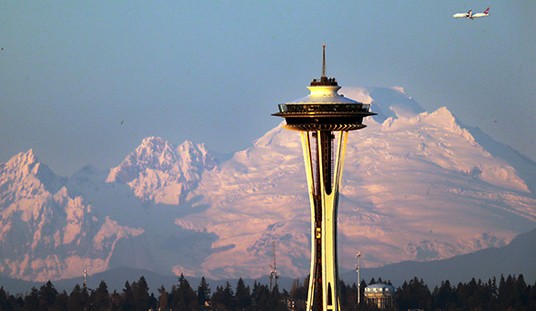
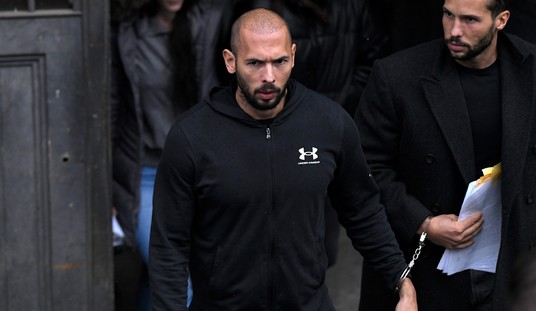

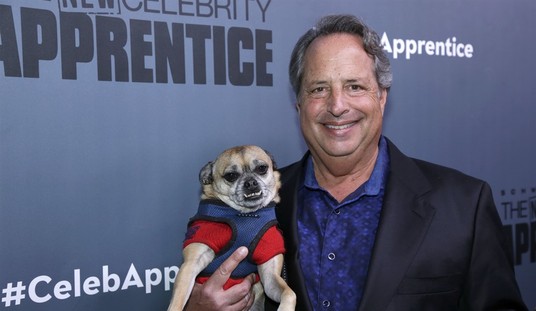
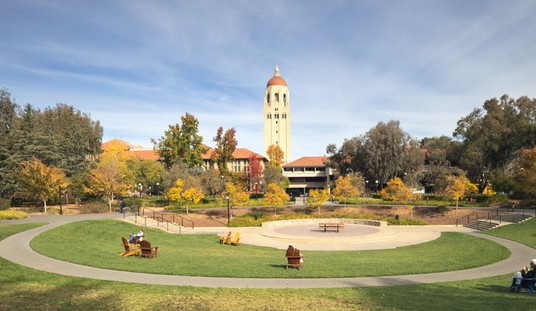

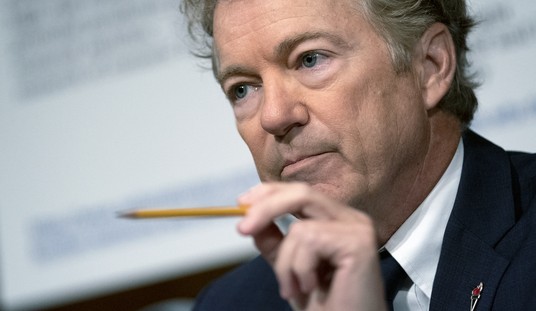
Join the conversation as a VIP Member